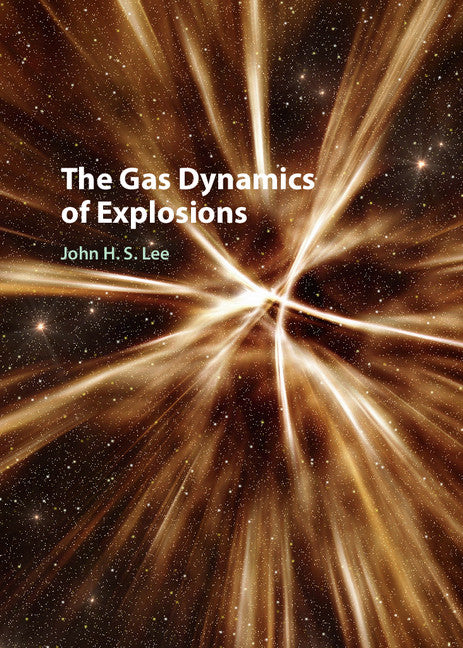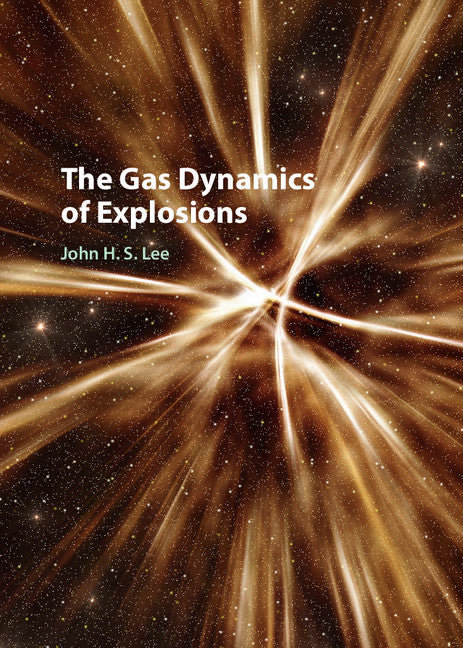Freshly Printed - allow 8 days lead
Couldn't load pickup availability
The Gas Dynamics of Explosions
Presents the fundamentals of gas dynamics for graduate students and researchers in the subject.
John H. S. Lee (Author)
9781107106307, Cambridge University Press
Hardback, published 21 July 2016
216 pages, 55 b/w illus. 5 tables
26.3 x 18.5 x 1.7 cm, 0.59 kg
'The book itself is relatively short, 194 pages, and can be read through in a couple of hours. The text is clear, the meanings precise and the pace is relatively fast. … If, however, we look with greater attention, the text covers the fundamental gas dynamics in depth and gives fairly complete derivations of equations: this is not a book where space and effort is saved by the familiar phrase 'it can be easily shown that'. Many of the derivations are given for 0D to 3D forms. This allows comparison between the complexity of derivation and the inclusion of many graphs allows easy comparison of the results of the added complexity. This is a key strength of this text. Overall, I would recommend this book to those who want to have a strong, mathematically analytical basis of this field.' W. G. Proud, The Aeronautical Journal
Explosions, and the non-steady shock propagation associated with them, continue to interest researchers working in different fields of physics and engineering (such as astrophysics and fusion). Based on the author's course in shock dynamics, this book describes the various analytical methods developed to determine non-steady shock propagation. These methods offer a simple alternative to the direct numerical integration of the Euler equations and offer a better insight into the physics of the problem. Professor Lee presents the subject systematically and in a style that is accessible to graduate students and researchers working in shock dynamics, combustion, high-speed aerodynamics, propulsion and related topics.
Preface
1. Basic equations
2. Weak shock theory
3. Shock propagation in a non-uniform cross sectional area tube
4. Blast wave theory
5. Homentropic explosions
6. Snow-plow approximation
7. The Brinkley–Kirkwood theory
8. Non-similar solutions for finite strength blast waves
9. Implosions
Index.
Subject Areas: Engineering thermodynamics [TGMB], Astrophysics [PHVB], Particle & high-energy physics [PHP], Physics of gases [PHFG], Wave mechanics [vibration & acoustics PHDS]


